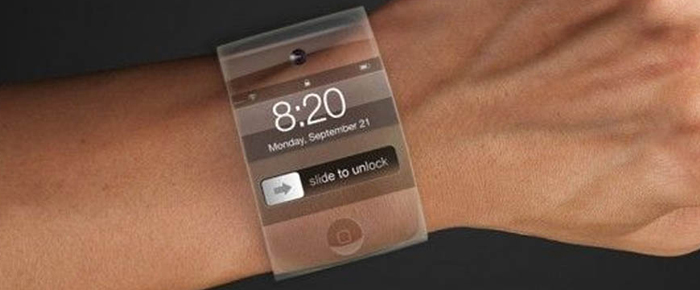
By Haddon Libby
Following on the debut of Apple’s iPhone 5S’ futuristic fingerprint scanner last week, let’s look at the past, present and future of the smartphone – a device that exploded onto the market over the last ten years and changed the way most of us run our lives. Worldwide, 2.5 billion people have cell phones with nearly half using smartphones.
The first mobile phone debuted in 1946 – a Bell Company developed eighty pound phone that filled a car trunk and operated over the AT&T phone network. With approximately 5,000 users, it operated in 100 towns and certain highway corridors with operators making all connections for the mobile phone users. The only ones using the system back then were reporters, truck fleet operators and utility companies.
Ten years later, Ericcson rolled out a mobile phone where users could directly dial from their cars without the assistance of an operator. Still heavy at eighty-eight pounds, the phone installed only operated in Stockholm and Gothenburg, Sweden.
It wasn’t until 1973 that a handheld mobile phone existed. Created by Motorola, the phone was not widely accessible until ten years later at which point the phone cost was $3,995, the current day equivalent is $8,700.
IBM developed the first smartphone in 1992. Sold by BellSouth, it was called The Simon. It addition to phone calls, The Simon worked as a fax machine and sent emails via its touch screen. Two years later, Nokia debut the first widely accepted smartphone when it combined the PDA (personal digital assistant) and the cell phone. Blackberry joined the smartphone market in 2002 by focusing primarily on government and corporate markets by offering encrypted emails.
Apple began developing the iPhone in 2004 with its debut in 2007 – a year when Nokia sold 78 million smartphones vs. Microsoft’s 15 million, Blackberry’s 12 million, iPhone’s 3 million and Palm’s 2 million. Only four years later in 2011, Nokia sold 112 million, 2009 newcomer Google Android operated on 67 million smartphones, Blackberry 47 million, Apple 46 million and Microsoft 12 million.
This year, Nokia and Blackberry which collectively sold 159 million smartphones in 2011 have only sold 13 million and are nearly gone from the smartphone market. Through June 30th, Android was sold on 340 million smartphones, Apple 69 million, Microsoft 14 million, Blackberry 12 million and Nokia only 1 million.
The stunning demise of former industry leaders Nokia and Blackberry were due to far superior smartphones from Samsung and HTC using the Android operating system, the use of iPhones on many corporate networks and customer demand for apps.
For an early look at the future, one need look no further than Google Glass. Worn like glasses, Google Glass is operated through voice commands that allow you to take pictures or video and access and view the Internet from a screen an inch from your eye. Via Bluetooth, phone calls are made by tethering the glasses to your smartphone. Many smartphone developers are working on different bracelets and watches that have all the functionality of your smartphone as well as the ability to be linked to Google Glass and earpieces.
Another future advancement is a smartphone the size of a pen with an earpiece that fits inside your ear canal.
Apple and others are working on smartphones that recharge automatically from solar panels.
Other future players may include Facebook which is working on a phone that integrates with social media. Amazon is rumored to be at work on a smartphone that integrates with their Kindle and sales platform. Many wonder if Nintendo and other gaming companies might develop handheld gaming devices that also work as smartphones.
One thing is for certain – tomorrow’s smartphone will be faster, smaller, less expensive and smarter.










































